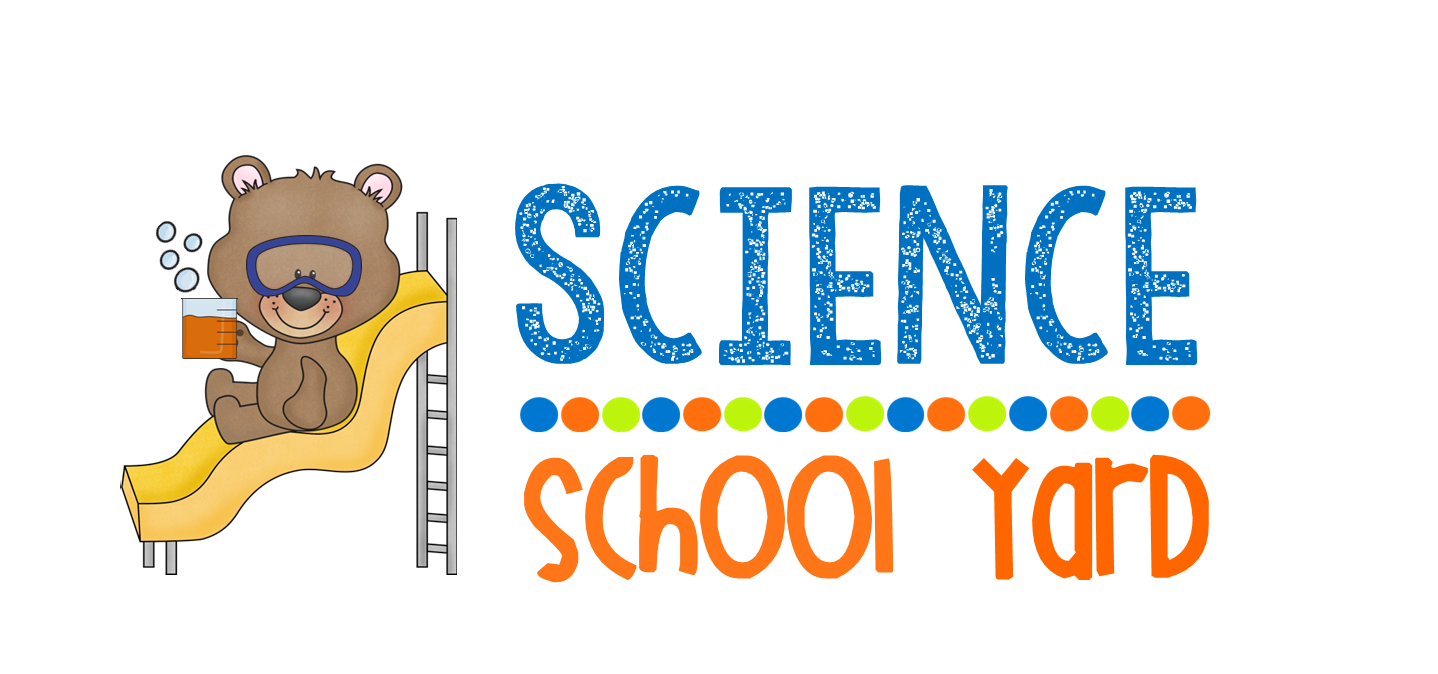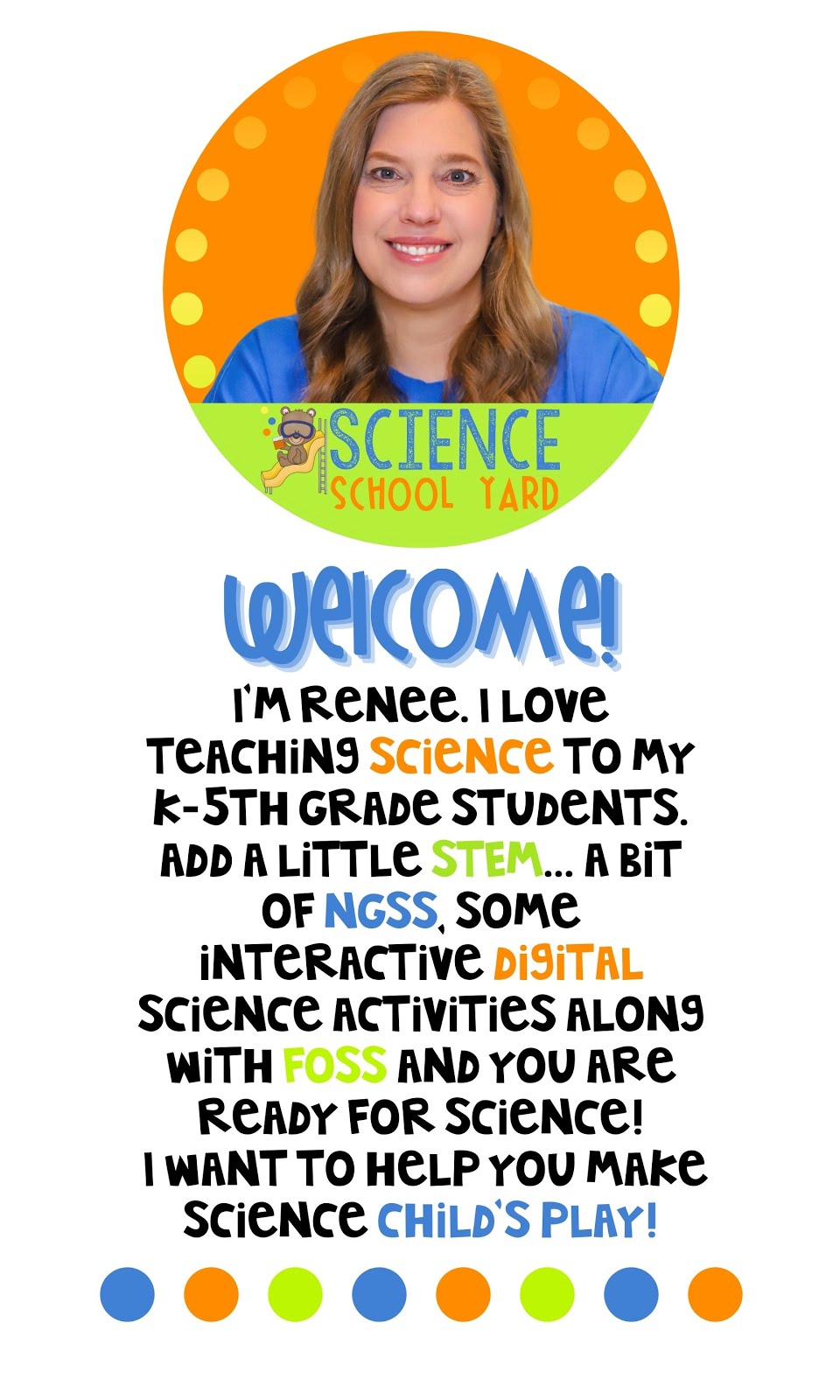Trying to teach intermediate students
science isn’t always easy. There are a lot of supplies to often set up and the
concepts at times are much harder to explain. Often, science can even get put
on the back burner. I am asked by other
educators how do I find that extra time that is needed to give quality science
curriculum? So, I want to share with you today a few quick tips to finding that
time and making it count!
Targeting Standards
1. Make
sure that you are pinpointing the exact standard that you want to cover.
whether it is
NGSS or your districts requirements. Utilize the NGSS cross
cutting strategies within their plans.
That is a great guide to how you can
even add the required concepts within your reading and writing
lessons.
Non-Fiction Science Connections
2. Non-fiction
reading in common core and in NGSS cross cutting … is a perfect way to add
science concepts. For example, having a hard time fitting in ecosystems or food
chains because the
supplies needed seem a little out of reach? Then, a non
fiction book
and science/reading station is a
perfect way to add a concept that seems out of
reach. I purposely utilize Epic books which has a ton
of great non-fiction
science themed books that are perfect for your reading lesson. They even have a
variety that can be read to students in order for you
to differentiate learning.
Tie that in with digital resources and are set to go! Digital resources come in so many different
options. From Boom Cards to Google Slides it also allows for teachers to find ways to add science
into their day!
Tie that in with digital resources and are set to go! Digital resources come in so many different
options. From Boom Cards to Google Slides it also allows for teachers to find ways to add science
into their day!
Science Stations in Reading/Writing
3. Science
Stations during your reading/writing block is another way to use your time
wisely. If
you incorporate a non fiction book along with a small experiment that
has easy to follow step by step
directions, this is another way to use your
time wisely. Allowing students to share their learning with
an app or internet
tool is way to assess for understanding. My new go to for this is flipgrid.
I
set up a class grid, allow for students to go there for my pre-recorded
instructions that I video for
them, or you can even insert a youtube video showing an experiment that you find online. If you just
want them to learn more background knowledge about a science topic allow for that video to be
inserted on flipgrid as well! Many of my colleagues are able to utilize google classroom which I wish
I was able to use as well. Our district required their own paid version to house lessons in, but another
great way to add science lessons in an app for them to utilize can be stored in google classroom.
Flipped Lessons
4. Flipped lessons are my new favorite
way to teach science after going virtual this year. A flipped lesson allows you
to prerecord a lesson, a concept, and/or background information that you would
have used class time for. As students view the video before class, they are
getting the needed information that you would have used class time for. This
frees up time for you to do demonstrations and experiments and not use the time
in class to do that. I still need to review the concepts for friends that didn’t
watch ahead of time, but if a student misses out on the experiment,
because now they must first watch the video and do the follow-up questions,
they don’t want to miss the “fun” stuff. The amount of students
not watching the prerecorded lessons declines. I also find that if I record my demonstration then the students
that miss out can now see that or review if they missed something.
You might be saying that is a lot of time that is used to create those
videos, but once you have them and you label them, you are set for years to
come. I use screen-cast-omatic.
There are other video sites such as screencastify that
work perfectly well, too. Not sure you
can know what to say on your video? Use a teleprompter program on your computer
and read what you would like to say. you can see how I do that in my video link
here:
Supply Short Cuts and Quick Lessons
5. Find lessons, that are already made for you. If you
have a kit such as FOSS, which we use, bag up the lessons for easy year after
year accessibility. When we went into quarantine mode, it was a bit easier for
me to grab my lessons out of the box, because they were all labeled and
prepackaged. I put mine in plastic ziplocked baggies and label them with
permanent markers and place them in the kit along with the sheets I used for
the lessons if I utilized printed versions. If you have no kits, then make sure
that you find a storage system that works best for you. I tub my kindergarten
lessons along with the picture books and supplies I even use for it. This
really does save a ton of time. If you don’t already do that then you will thank me!
Boom Learning Decks
6.Boom learning decks are another go to for easily checking my
students for understanding! I create decks that focus on my big ideas. I can
give my students a boom deck right after I teach conductors and insulators to
see if they got my lesson and the concept I was teaching. It allow my students immediate feedback to
their learning and if you utilize the data you can use it for grading purposes.
Take a look at these science boom decks that can make adding science to your day a little bit easier!
Science School Yard Science Boom Decks
I hope you can find ways to add science to your busy day...your kids will thank you!
Take a look at these science boom decks that can make adding science to your day a little bit easier!
Science School Yard Science Boom Decks
I hope you can find ways to add science to your busy day...your kids will thank you!




















![Landforms (Science Readers: Content and Literacy) by [William B. Rice]](https://images-na.ssl-images-amazon.com/images/I/516hK8cfa2L._SX260_.jpg)















